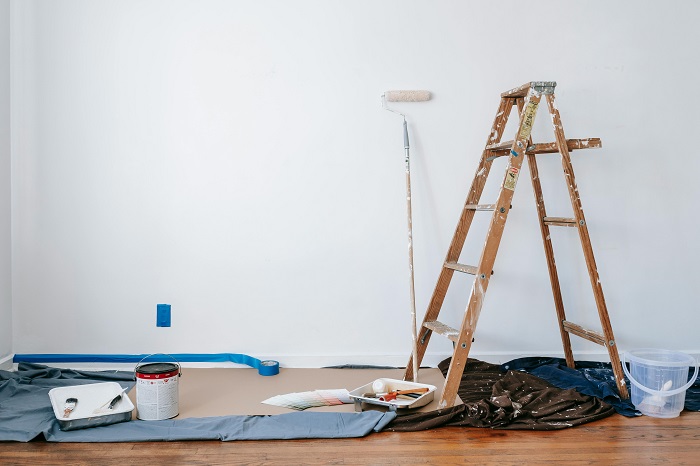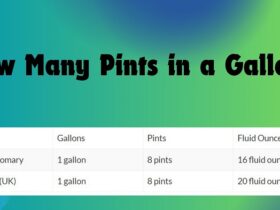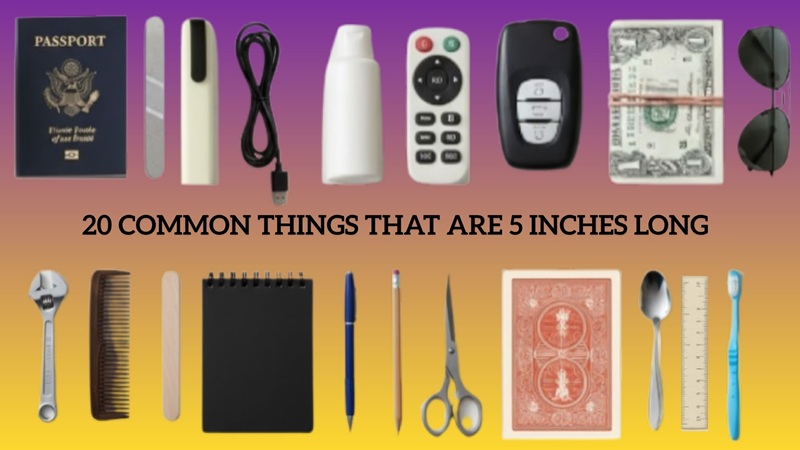Understanding the conversion between milliliters (ml) and ounces (oz) is crucial. Whether following recipes, developing product formulations, or measuring liquids in other professions. Moreover, often the requirement for quick conversions stems from the differences between the imperial system used mostly in the United States and the metric system used in most nations. For liquid materials, for instance, 200 ml is a standard measurement; knowing its equivalent in ounces will help with many different chores. This article will offer a basic conversion for 200 ml to oz, a table for extra ml-to– oz conversions, and an understanding of how ml measurements are used in many fields.
Milliliters to Fluid Ounces Converter
200 ml to oz and More
To accurately convert milliliters (ml) to fluid ounces (oz), it’s helpful to note the slight difference between US and UK fluid ounces:
- 1 US fluid ounce ≈ 29.5735 ml
- 1 UK fluid ounce ≈ 28.4131 ml
Using this, we can find the conversion for 200 ml.
200 ml to US fluid ounces:
Calculation: 200 ml ÷ 29.5735 ≈ 6.76 oz
200 ml to UK fluid ounces:
Calculation: 200 ml ÷ 28.4131 ≈ 7.04 oz
Thus, 200 ml is approximately 6.76 US fluid ounces or 7.04 UK fluid ounces.
Conversion Table
Further, here is a table to help you convert milliliters to ounces for a range of values up to 200 ml. This table includes both US and UK fluid ounces for convenience.
| Milliliters (ml) | US Fluid Ounces (oz) | UK Fluid Ounces (oz) |
| 5 ml | 0.17 oz | 0.18 oz |
| 10 ml | 0.34 oz | 0.35 oz |
| 15 ml | 0.51 oz | 0.53 oz |
| 20 ml | 0.68 oz | 0.70 oz |
| 50 ml | 1.69 oz | 1.76 oz |
| 100 ml | 3.38 oz | 3.52 oz |
| 150 ml | 5.07 oz | 5.29 oz |
| 200 ml | 6.76 oz | 7.04 oz |
This table offers a quick reference for different ml measurements, which can be particularly useful in settings such as kitchens, laboratories, or any field that requires fluid measurement accuracy.
Application of ML Measurement Units in Various Industries
Industries where exact liquid measurement is required make great use of milliliters. Thus, here are some often used applications in several fields:
- Culinary Industry
Particularly in nations where the metric system is the norm, milliliters are necessary for liquid ingredient measures in cooking and baking. To guarantee consistency and accuracy, recipes sometimes call for liquids in ml such as water, milk, or oil. - Pharmaceuticals and Medicine
Especially for liquid medications, pharmaceutical dosages are sometimes specified in milliliters to enable exact delivery. For accurate dosing to patients, hospitals and pharmacies often utilize ml for injectable medications, syrups, and intravenous fluids. - Cosmetics and Personal Care
To guarantee consistent packaging, the cosmetics sector counts items including lotions, creams, and shampoos in milliliters. Many times showing ml amounts, labels help consumers compare brand-wise product quantities more easily. - Chemicals and Laboratory Research
Laboratories use ml to measure chemicals, solutions, and reagents in experiments. Accurate ml measurements are essential for maintaining safety protocols and ensuring the reliability of experimental results.
End Note
Anyone handling liquid measurements will find great value in knowing how to translate milliliters to ounces, especially for popular volumes like 200 ml. In the culinary arts, healthcare, personal care, and many other fields this conversion is helpful. For accurate work and daily chores, quickly navigate measurements from milliliters to ounces using a quick-reference chart.
FAQs
- How many ounces are there in 200 ml?
- 200 ml is approximately 6.76 US fluid ounces or 7.04 UK fluid ounces.
- Why do recipes sometimes use ml instead of ounces?
- Mostly utilized in most nations outside the United States, milliliters are a part of the metric system. Many foreign recipes call for ml to guarantee exact measurements throughout geographical areas.
- Can I estimate ml to oz conversions without a calculator?
- Yes, a rough conversion for US fluid ounces is to divide ml by 30. For example, 200 ml is roughly equal to 6.7 ounces. However, for precise measurements, a calculator or conversion chart is recommended.



















Leave a Reply